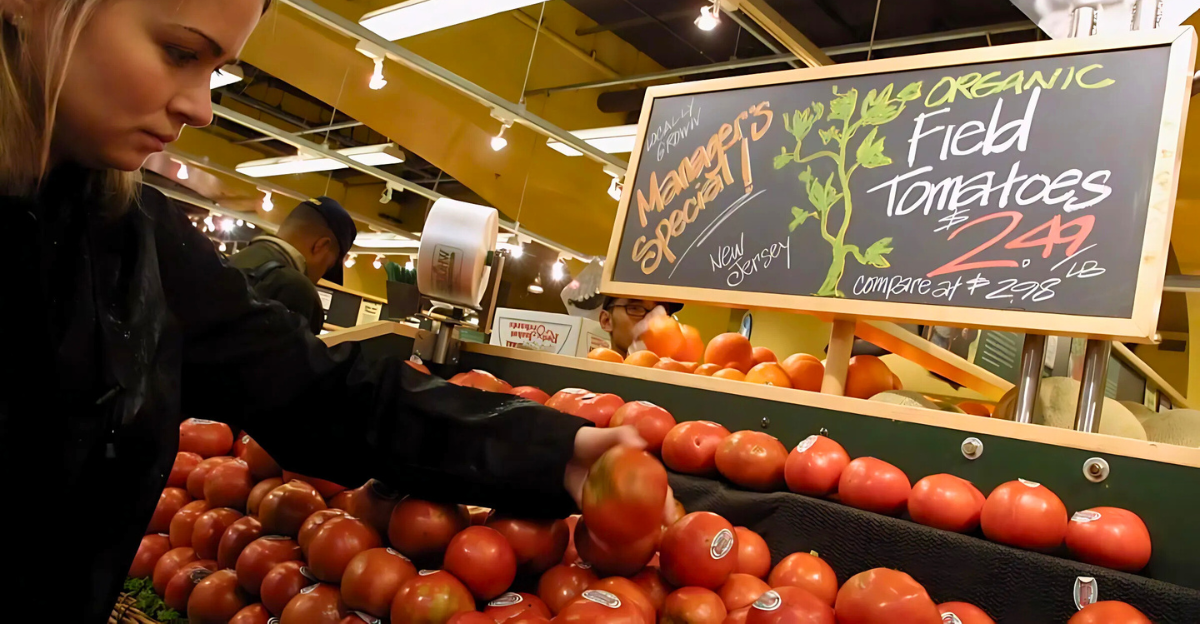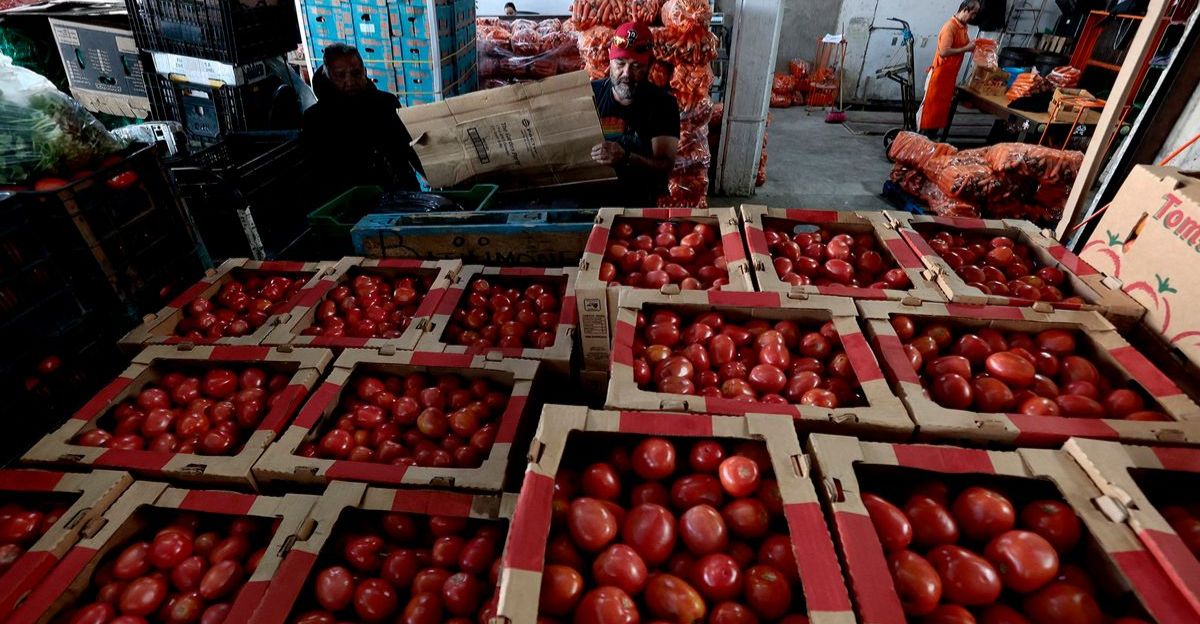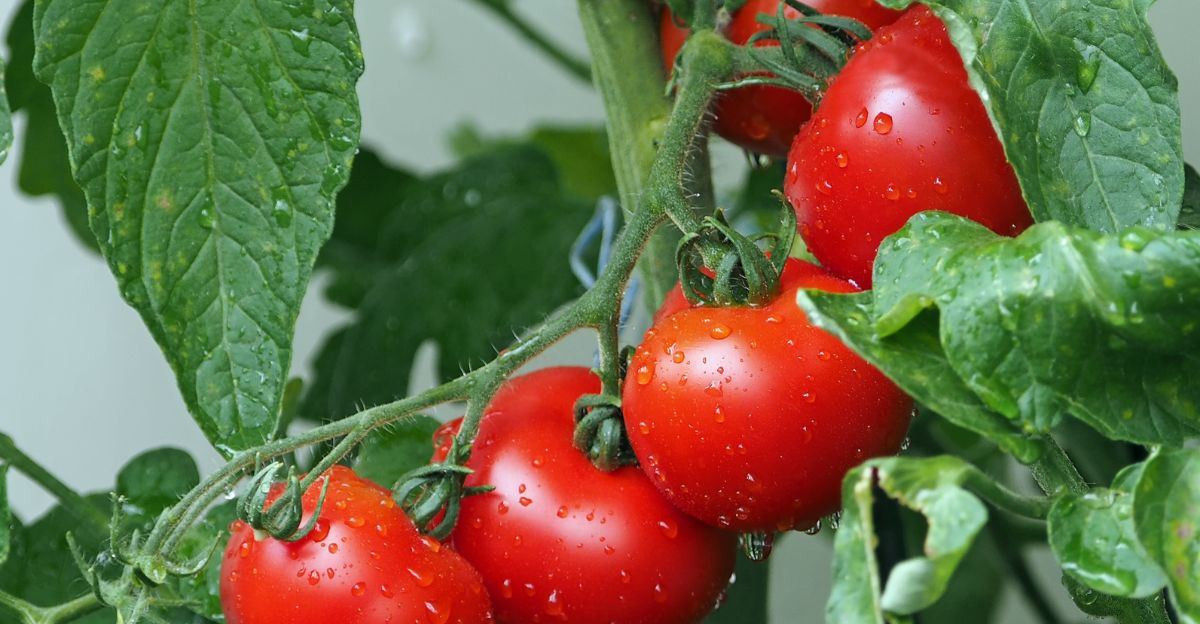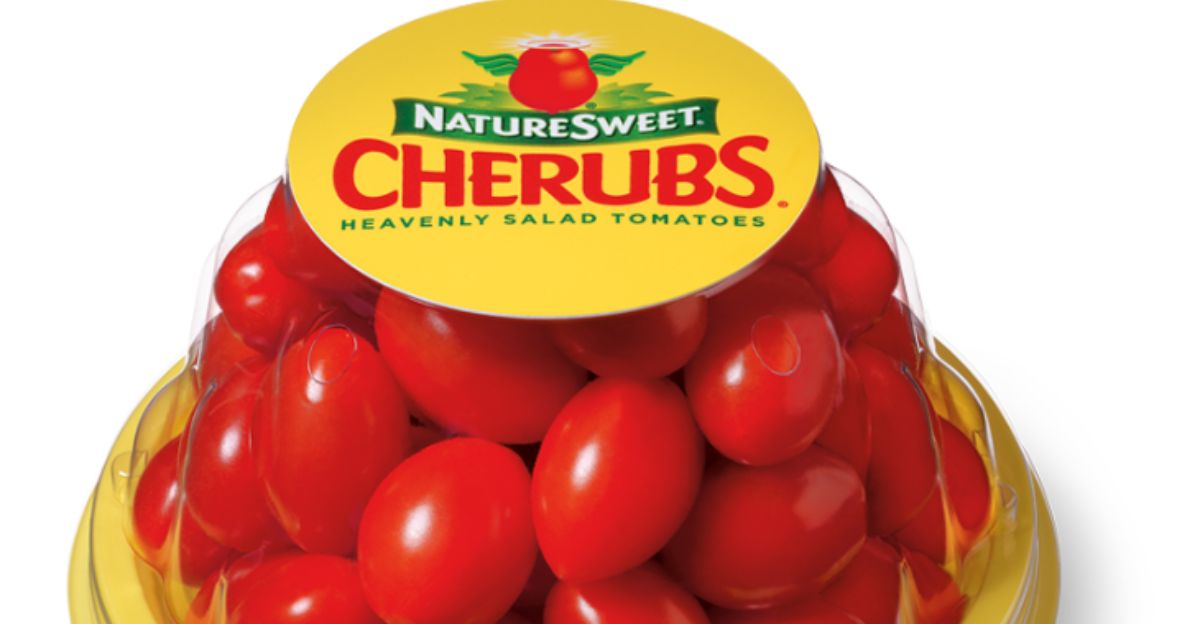
Mexico has emerged as a dominant force in the U.S. tomato market in the past three decades, with nearly $3 billion in annual exports capturing 70% of the fresh market share. A few decades ago, Florida controlled this market with an iron grip, supplying up to 80% of tomatoes.
But now, Mexico has transformed from supplying just 20% in 1994 to becoming the undisputed king of U.S. tomato supply chains. This dramatic shift has reshaped how Americans source one of their most beloved vegetables and set the stage for a brewing trade dispute that could skyrocket grocery bills.
Rising Prices and Economic Concerns

In May 2025, American consumers paid approximately $1.70 per pound for field-grown tomatoes. However, economists like Arizona State University professor Timothy Richards warn that this price could soon shatter as market forces collide.
“Retail prices could surge by 8.5% to 10% once new trade policies take effect,” he states, as major distributor NatureSweet already anticipates nearly 10% price increases. This situation extends beyond the grocery aisles, impacting nationwide restaurant kitchens.
The Roots of the Crisis

The origins of this crisis can be traced back to a 1996 anti-dumping investigation, during which Florida tomato growers accused Mexican producers of selling crops below fair market value.
This led to a series of suspension agreements that laid the groundwork for managed trade relations between the two nations for nearly three decades. The most recent agreement, established in 2019, is now under intense scrutiny as pressures from American farmers mount.
Florida’s Decline

Florida’s tomato industry has drastically declined, from around 200 commercial growers in 1993 to fewer than 85 today. Between 2005 and 2020, Mexican imports surged by 152%, while domestic production plummeted by 52% from 2002 to 2019.
“We’re just trying to hang on here,” claimed a Florida producer, illustrating the grave challenges local farmers face as they struggle against relentless competitive pressure.
A Breaking Point

On July 14, 2025, Commerce Secretary Howard Lutnick made a decisive move by terminating the 2019 Tomato Suspension Agreement, implementing a 17.09% anti-dumping duty on most Mexican imports.
This action ended almost thirty years of managed trade and threatened to destabilize North American tomato markets. Lutnick declared, “For far too long, our farmers have been crushed by unfair trade practices,” underscoring local producers and consumers’ urgency.
Economic Fallout

The ramifications of this trade conflict will extend well beyond Florida. States like Texas and Arizona could see devastating economic consequences, with more than 54,000 jobs tied to Mexican tomato imports at risk.
Economists estimate that Texas could lose $4.53 billion and Arizona around $3.4 billion in economic activity. The price differential for border communities like El Paso is stark: Mexican tomatoes sell for $1.70 per pound while domestic varieties soar to $2.66.
Personal Impact on Restaurants

The trade policies could spell disaster for small business owners like Teresa Razo, who operates two Argentine-Italian restaurants in Southern California. “I give it three months, and then we go bankrupt,” she shared, reflecting the dire challenges facing restaurant owners who rely heavily on tomato-based ingredients.
Razo’s plight mirrors that of countless others across the nation grappling with the choice between absorbing incredible cost increases or passing them on to customers already feeling the pinch of inflation.
The Industry’s Response

Major distributors are already bracing for the impact; NatureSweet, one of the largest tomato distributors in North America, confirms it cannot absorb the costs from the new tariffs given the razor-thin margins in the competitive produce market.
“There is no scenario where we can shoulder the additional duties without passing costs to consumers,” asserts CEO Rodolfo Spielmann. Meanwhile, the Florida Tomato Exchange hails the decision as a significant victory for American farmers, arguing previous agreements failed to protect them.
Market Predictions

The Fresh Produce Association of the Americas warns that if Mexican imports decline sharply due to tariffs, consumers could face tomato price hikes averaging 50% across specialty varieties.
Economic modeling suggests that grocery retailers could lose up to $7.5 billion in revenue, putting further strain on an already delicate marketplace. With Mexican greenhouse production offering significant advantages, the competitive landscape is set for a major overhaul.
The Human Cost of Change

As the debate continues over trade policies, the stakes are higher than ever for everyone involved. For workers, farmers, and consumers, the consequences of this trade dispute extend far beyond individual price tags.
“We’re all just trying to survive,” reflects a local farmer, capturing the shared anxiety and resilience of those dependent on the tomato industry. The coming months will likely reveal whether these changes will lead to growth or turmoil in the North American tomato market.
